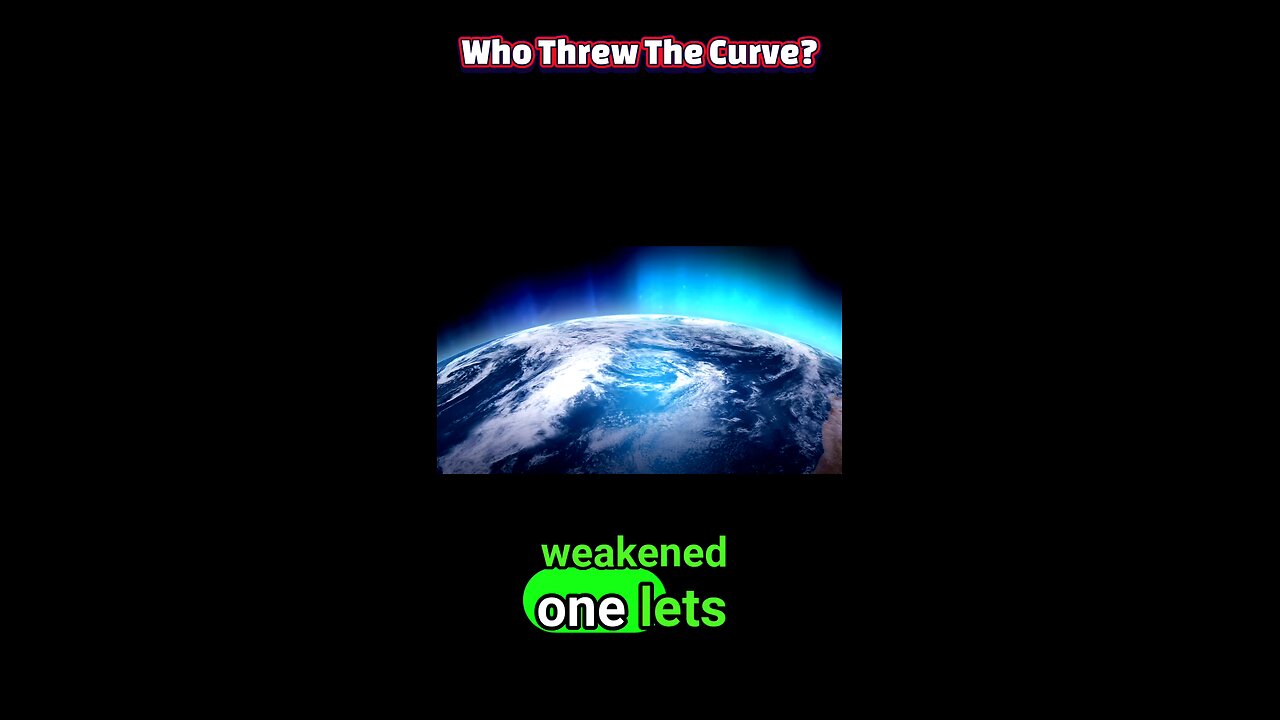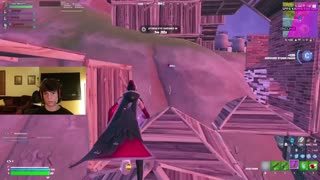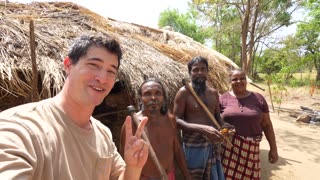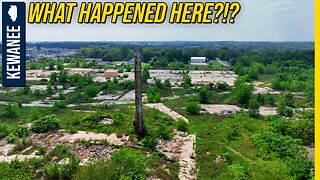Premium Only Content

When Earth’s Shield Failed: How Humans Outwitted Cosmic Doom
#AncientSurvival #MagneticField #HistoryMysteries #ScienceExplained #SurvivalStory #CosmicThreat #LaschampsExcursion #HumansAdapt #EarthScience #PrehistoricLife
About 41,000–42,000 years ago, Earth’s magnetic field faltered during what geophysicists call the Laschamps excursion, a brief, incomplete pole reversal. The planet’s usual magnetic shield thinned dramatically, letting more cosmic rays and solar particles reach the atmosphere and surface. This wasn’t a movie-style apocalypse, but it was a real stress test: more ultraviolet radiation likely penetrated, auroras glowed at unusual latitudes, and the environment became more volatile. In that fragile window, our ancestors had to navigate a world that felt familiar yet subtly more dangerous. The physics behind the threat is straightforward. A strong magnetic field deflects charged particles; a weakened one lets them in. Those particles can erode ozone, boosting surface UV, and they leave fingerprints in cosmogenic isotopes like carbon-14 and beryllium-10—signals scientists have traced in ancient tree rings and ice. Climate systems are sensitive to changes in radiation and chemistry, so knock-on effects likely included regional cooling, shifting winds, and unsettled weather. Humans weren’t suddenly bathed in lethal rays, but the cumulative environmental stressors mattered. Survival, as usual, hinged on adaptability. People likely spent more time in sheltered spaces—caves, rock overhangs, dense forests—especially during peak sunlight. Clothing and hides helped; so did fire, smoke, and the timing of daily activities to avoid the harshest UV. Pigments like red ochre, already used for symbolism and skin treatments, may have doubled as rudimentary sun protection, a practical layer beneath the ritual. Small tweaks—travel at dawn or dusk, teaching children different foraging hours, choosing routes with canopy cover—compound into resilience. Culture is a survival technology too. The period around this excursion overlaps with bursts of symbolic expression: vivid cave paintings, personal ornaments, and more standardized tools. While cause-and-effect is tricky, it’s plausible that deeper cave use for refuge intertwined with art, ritual, and storytelling—ways to make sense of a sky behaving strangely and to bind groups through shared meaning. Cooperation widened safety nets: exchanging materials across distances, sharing fire, codifying local knowledge about safe places and seasons. In the end, humans endured not because the radiation spared us, but because we organized our lives around the new risks without losing our curiosity. We turned shelters into studios, pigments into multipurpose tech, and social ties into insurance policies. That combination—improvisation, foresight, and culture—carried us through a geomagnetic hiccup and countless other shocks. It’s the same playbook we lean on today: understand the hazard, adapt behavior, share tools, and make meaning together while the sky crackles.
-
 9:36:11
9:36:11
GoA_Malgus
10 hours ago $0.31 earnedGoA Malgus - The Legend Has Returned!!! - Live domination on Black Ops 6
11.5K1 -
 48:15
48:15
SouthernbelleReacts
1 day ago $9.34 earnedWeapons (2025) REACTION | Josh Brolin, Julia Garner, Alden Ehrenreich | Horror-Mystery Thriller
46.5K33 -
 39:36
39:36
mizery
4 days ago $0.92 earnedI Mastered Fortnite in 30 Days
23.8K6 -
 25:50
25:50
ChopstickTravel
18 days ago $4.30 earned24 Hours With Sri Lanka’s Vedda People!! (Barehand Honey Harvest)
42.9K10 -
 8:13
8:13
Danny Rayes
1 day ago $3.06 earnedMost Hated Teacher on Tiktok
26.9K21 -
 15:31
15:31
Chris Harden
9 days ago $4.42 earnedWhat Happened to Kewanee, Illinois?
25.4K13 -
 10:13
10:13
JohnXSantos
1 day ago $0.79 earnedThis AI Tool Makes Product Manufacturing 10X Smarter (FOR FREE)
17.2K3 -
 16:28
16:28
Artur Stone Garage
12 days ago $1.79 earned$1000 AUDI A4 — WILL IT START After 10 Years?
20.3K1 -
 26:57
26:57
Advanced Level Diagnostics
18 days ago $0.89 earned2021 Ram Promaster - No Crank! Key Stuck In Ignition! Diag & Fix!
14.8K1 -
 8:11
8:11
MattMorseTV
22 hours ago $21.53 earnedTrump's DECLARATION of WAR.
52.6K101